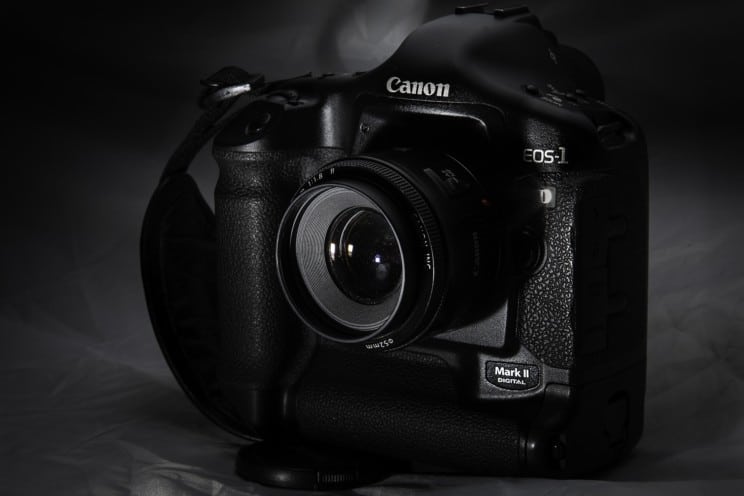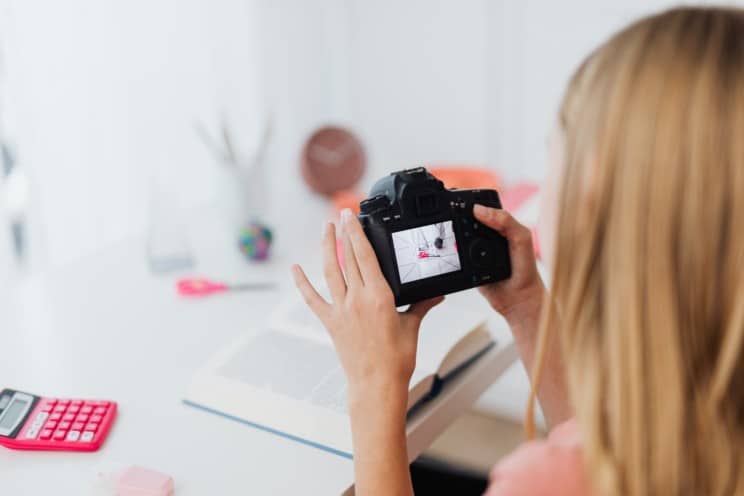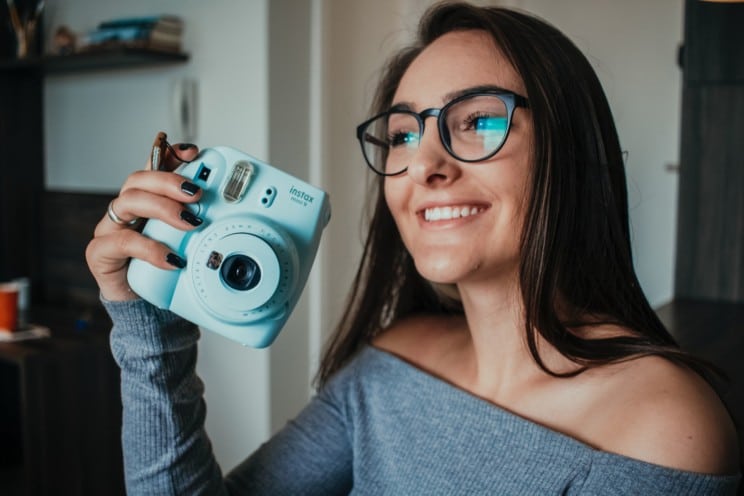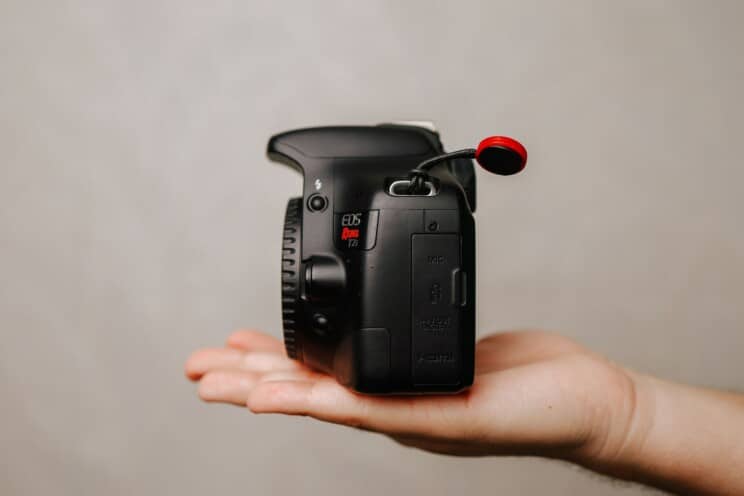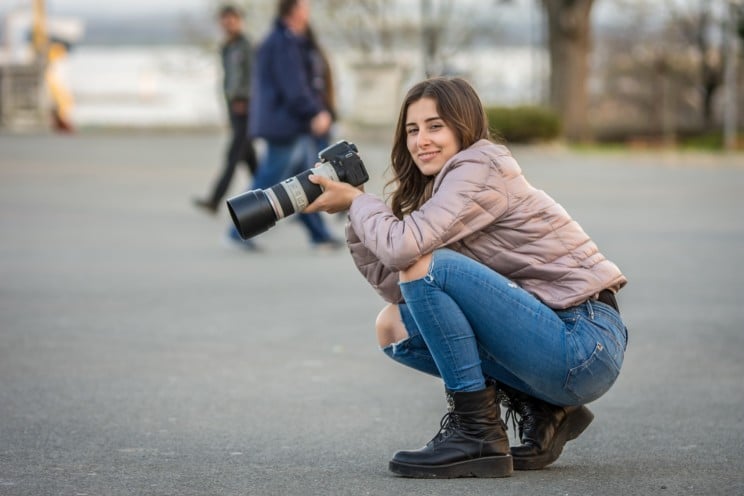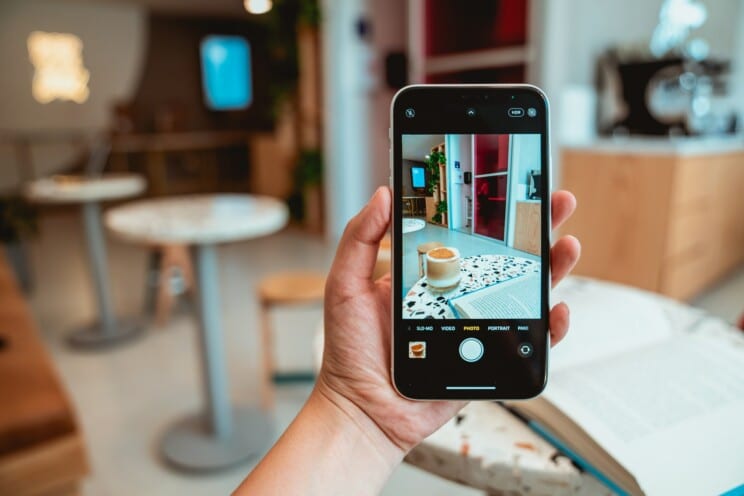Why Do We Look Better in Mirrors than Photographs? Which is More Accurate?
Looking at yourself in the mirror and in photos is often very different.
Many even feel that they look better in the mirror than in pictures, but is this true?

Which is More Accurate Mirror or Camera?
What is more accurate, a mirror or a camera? That depends on your perspective.
When you see yourself in a mirror, which most people likely do multiple times a day, you see a reversed image.
Many consider a mirror image most accurate. After all, how often have we heard one person that has a strong resemblance to another being described as a “mirror image”?
However, the non-mirrored version of yourself is what everyone else sees when they look at you. Most people who see you face-to-face are used to your “photo” version.
Photos and videos often provide such accurate images that unfamiliar people are often easily identified from pictures or videos when encountered face-to-face. Different factors involved in the process may impact the quality enough that identification is harder.
Your photo image is different from your mirror image because the mirroring effect is absent from most photos. Getting an image that comes close to how you look in a mirror involves some camera tricks that we’ll discuss later.
Here’s a video that explains why we look better in the mirror.
Why do I look better in the mirror than in photos?
You are used to seeing yourself in the mirror. However, the photo or video version of you is less familiar than the image you see when you look in the mirror unless you see these images of yourself daily.
Sometimes, photos may highlight traits that subjects prefer not to emphasize. The conditions that photos are taken under may increase these types of problems for subjects unhappy with their appearance.
The mere-exposure effect, also known as the familiarity principle, is when we prefer what we are most familiar with. In short, the more familiar something is, the more we are inclined to like it.
Most peoples’ familiarity with their mirror image is an example of this principle. The chances of someone not having mirrors and only seeing pictures of themselves are very low.
When others see your image in a mirror, they will notice a difference in your appearance. Because this image is different from what others usually see, it won’t look “right” for them even though it is a familiar sight to you.
What do we see in a mirror?
In short, mirror images come from light rays reflected into our eyes from the mirror. By looking at a mirror that you are directly facing, your image is reversed from left to right.
The reversal is horizontal but not vertical, so everything looks the same from top to bottom. For example, think of how written text reverses in a mirror or moving your hand in one direction results in your seeing it moving in the opposite direction.
These principles apply to flat mirrors. Mirrors with curved or other shapes will provide a different type of image from a bathroom or bedroom mirror.
Curved mirrors will magnify their subjects, while convex mirrors have bigger landscapes with smaller subjects. Some phones have cameras that allow you to mimic these effects.
With some cameras having effects similar to those of mirrors, how easily can we achieve this look? We will examine this question next.
Is it possible to look the same in mirrors and pictures?
People would need to be symmetrical or look exactly the same on both sides for this to occur. However, there is no such thing as a completely symmetrical person.
Lighting and other factors will play a role in how you look in both settings. For example, if the area where your mirror is has great lighting, consider taking your photos in an area with similar lighting to get better effects.
If you prefer how you look in a mirror to the way you look in photos, consider making a comparison when you are looking at yourself in the mirror. How much light does the room where your mirror has versus the location where you took the photo?
Also, consider the mirror’s shape. Although most household mirrors are flat, some have a convex or concave shape that may influence how you see your appearance.
Is a selfie more accurate than a mirror?
When you take a selfie, much of your appearance will depend on whether you use the front or back camera on your phone or tablet. Of the two types of cameras, the back-facing camera gives you the most options for looking like your “true self.”
Are Mirror Selfies Accurate?
One of the limitations that people have found with selfies is that they often distort the subject’s face. Holding the camera too close to your face is one of the reasons that many selfies show distortion.
Cameras used in selfie shots usually have wide-angle lenses that can contribute to distortion. The reason for the distortion is that wide-angle lenses stretch out the image, offering an explanation for why people have oddly-shaped faces in many selfies.
When using the front-facing camera, hold the phone away from you when taking your selfie. Zooming in will provide an image closest to what you would see in a mirror without distorting your features.
If you use the back-facing camera, you will be using a camera with superb image quality. One of the advantages when using the method we described in the previous paragraph is that your picture will be much more precise.
Professional headshots that journalists and many other professionals use are examples of rear-facing camera selfies. These photos provide a superior level of clarity over most selfies and other casual photos.
Is the Mirror Accurate?
When we look in the mirror, we see a mirror image of ourselves. This is due to the way the mirror reflects light, which causes the left and right sides of our face to be reversed.
Although we may think this representation of us is correct because we are accustomed to seeing it, other people might not perceive us in the same way.
Mirror vs Camera: Which is More Accurate?
Your point of view will determine whether a mirror or camera is more accurate. A camera captures a picture that is not reversed, making it more accurate from the viewpoint of other people.
However, since we are accustomed to seeing a mirror image, we can think of it as being more realistic from our own perspective.
Why Do I Look Better in the Mirror than on Camera?
We may believe we appear better in the mirror than on camera for a variety of reasons. One explanation is that we are accustomed to looking in the mirror at ourselves, making the picture more comforting and appealing to us.
Additionally, images and films can draw attention to flaws that we may not like, and the circumstances surrounding their capture may make these problems worse.
Do We Look Better in the Mirror or Real Life?
It’s hard to say for sure whether we appear better in the mirror or in person. People may perceive us differently when they see us in person since they do not receive the mirror’s mirrored picture.
We may feel more comfortable with the reflection we see in the mirror since it is a familiar image to us. It all boils down to personal preference.
Final Thoughts
In short, we see ourselves as looking better in mirrors than in photos because we are more familiar with what we see in a mirror.
When we use the features on our phone’s cameras effectively, we can have images that come close to what we see in a mirror. Hopefully, this answers the age old question of why do I look good in the mirror and bad on camera.

